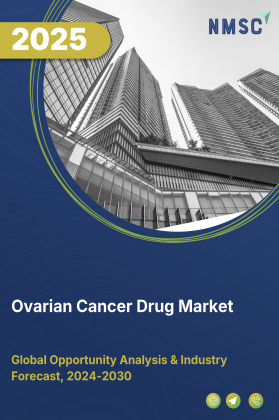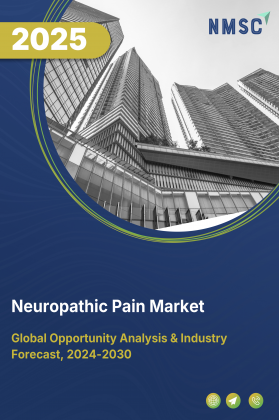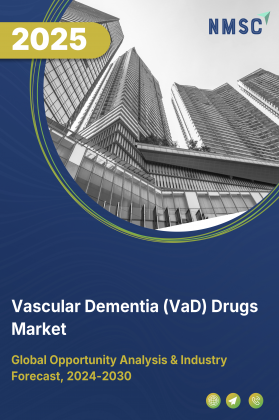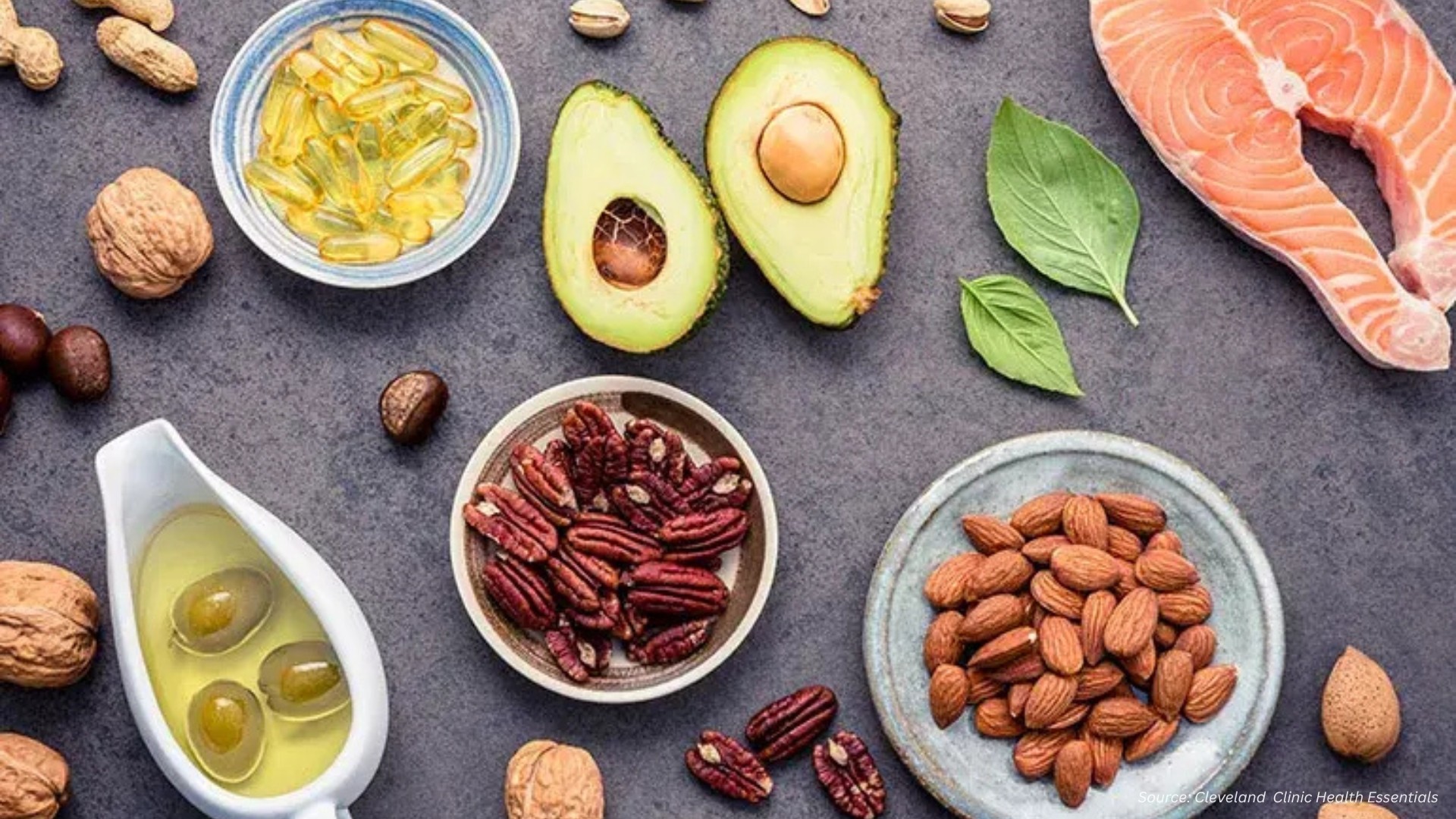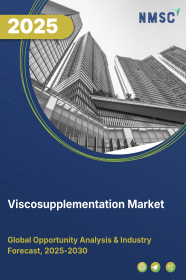
Viscosupplementation (VS) Market by Type (Single Injection and Multi Injection), by Source (Animal and Non-Animal), by Molecular Weight (Intermediate Molecular Weight, Low Molecular Weight, and High Molecular Weight), by Application (Knee Osteoarthritis, Hip Osteoarthritis, Shoulder Osteoarthritis, and Other Applications), and by End Users (Hospitals, Orthopedic Clinics, Ambulatory Care Centers, and Others) – Global Opportunity Analysis and Industry Forecast 2025-2030
Viscosupplementation (VS) Market Overview
The global Viscosupplementation Market size was valued at USD 3.25 billion in 2024 and is predicted to reach USD 3.52 billion by the end of 2025. The industry is predicted to reach USD 5.26 billion by 2030 with a CAGR of 8.4% from 2025-2030.
The market is driven by the rising prevalence of osteoarthritis, an aging population, and growing demand for non-surgical pain management. As more patients seek alternatives to invasive surgeries, hyaluronic acid injections gain popularity.
However, high treatment costs and limited insurance coverage remain key restraints. There is significant opportunity in expanding applications to joints beyond the knee, such as the hip, shoulder, and ankle, through continued research and development, that can open new avenues for market growth.
The Rising Prevalence of Osteoarthritis Fuels the Market Growth
The increasing prevalence of osteoarthritis (OA) is a significant driving factor propelling the viscosupplementation market growth. Osteoarthritis, a degenerative joint disease, commonly affects the knees and is a leading cause of pain and disability worldwide. As the global population ages and factors like obesity rise, the number of individuals suffering from osteoarthritis is also on the rise.
Visco shots offers a therapeutic option for these patients, particularly those who have not found sufficient relief from conservative treatments like oral medications and physical therapy. With a larger patient pool seeking relief from OA-related pain, the demand for visco shots procedures, contributing to the overall industry size and market share, continues to expand.
Rising Aging Population and Associated Joint Disorders Propels the Market Growth
The growing patient awareness and acceptance of minimally invasive procedures is another crucial driver for the viscosupplementation market. Compared to surgical interventions like knee replacement, visco shots is a less invasive approach involving injections directly into the affected joint.
This appeals to many patients who may be hesitant to undergo surgery due to associated risks, recovery time, and costs. Increased information availability through online resources and greater awareness of non-surgical treatment options have contributed to this rising acceptance. As patients actively seek out less invasive methods for managing their joint pain, visco shots, a key component of the non-surgical pain management landscape, experiences higher adoption rates, boosting market growth and potential.
Rising Demand for Non-Surgical Pain Management Boosts the Viscosupplementation Market Growth
The increasing demand for non-surgical pain management is a major catalyst for the industry. Many individuals with knee osteoarthritis prefer to explore non-surgical treatments before considering joint replacement surgery.
Visco shots, using hyaluronic acid (HA) injections, fits this demand by offering a potential way to alleviate pain and improve joint function without the risks and extensive rehabilitation associated with surgery. As the focus on holistic and less invasive healthcare grows, visco shots serves as an attractive option for managing OA symptoms, contributing significantly to the market's trajectory and future growth potential.
The High Cost of Treatment and Limited Insurance Coverage Constraints the Market
A significant restraint in the viscosupplementation market expansion relates to potential adverse effects and contraindications associated with the injections. While generally considered safe, visco shots is not entirely risk-free. Common side effects include transient pain, swelling, and stiffness at the injection site. Less common but more serious adverse events such as infection or allergic reactions can also occur.
Certain contraindications, such as active joint infections or skin conditions at the injection site, must be considered. These potential risks, though relatively low, can influence patient decisions and require careful patient selection and administration by qualified healthcare professionals, impacting the overall market dynamics and the perceived trustworthiness of the treatment.
The Growing Focus on Personalized and Targeted Treatments Creates Opportunities for Viscosupplementation Market Growth
A significant opportunity for key players in the industry lies in developing and expanding applications to other joints beyond the knee. While the majority of visco shots treatments are currently focused on knee osteoarthritis, other joints such as the hip, shoulder, ankle, and even the temporomandibular joint (TMJ) can also be affected by osteoarthritis or other degenerative conditions.
For example, Anika Therapeutics’ recent launch of Hyalofast, a single-injection hyaluronic acid treatment for ankle osteoarthritis, demonstrates the growing potential for targeting smaller joints. Research exploring the efficacy of HA injections in these additional joints is ongoing, and positive results could open up new avenues for market growth and increase the overall industry size.
By investing in research and development to demonstrate the safety and effectiveness of visco shots in these additional anatomical locations, industry players can tap into a significant unmet clinical need and further expand the market reach of hyaluronic acid-based therapies. This presents a substantial growth potential for the market.
Market Segmentation and Scope of Study
The viscosupplementation market report is divided on the basis of type, source, molecular weight, application, and end users. On the basis of type, the market is divided into single injection and multi-injection. On the basis of source, the market is divided into animal and non-animal. On the basis of molecular weight, the market is divided into intermediate molecular weight, low molecular weight, and high molecular weight. On the basis of application, the market is divided into knee osteoarthritis, hip osteoarthritis, shoulder osteoarthritis, and other applications. On the basis of end users, the market is divided into hospitals, orthopedic clinics, ambulatory care centers, and others. Regional breakdown and analysis of each of the aforesaid segments includes regions comprising of Asia-Pacific, North America, Europe, and RoW.
Geographical Analysis
North America stands out as a major market for hyaluronic acid (HA) injections, driven by widespread use in treating knee osteoarthritis. The robust healthcare system, with access to advanced diagnostics and numerous orthopedic specialists, supports the popularity of viscosupplementation as a non-surgical option. The Centers for Disease Control and Prevention (CDC) highlights that osteoarthritis affects millions of U.S. adults, with knee osteoarthritis being a leading cause of disability among older individuals. An aging population further fuels demand for joint pain treatments, as reported by the U.S. Census Bureau.
However, concerns about the cost-effectiveness of HA injections and risks like joint infections after treatment can discourage some patients, particularly those with limited insurance coverage, from pursuing this option.
Europe witnessed consistent demand for visco shots, largely due to an aging population and a high prevalence of osteoarthritis in countries like Germany and France. Eurostat data underscores the significant number of older adults, which sustains interest in non-surgical pain relief options.
The European Alliance of Associations for Rheumatology (EULAR) supports HA injections for specific cases, encouraging their use in clinical settings. In France, the Social Security system covers certain viscosupplementation products, making them more accessible for older patients.
However, the UK’s National Institute for Health and Care Excellence (NICE) advises against routine use, citing insufficient evidence of benefits compared to placebo. These varying clinical guidelines across countries create challenges for uniform adoption, despite the steady need driven by demographic trends.
Asia-Pacific offers significant opportunities for growth in the viscosupplementation market demand, propelled by increasing healthcare investments, a rapidly aging population, and growing awareness of minimally invasive treatments. The World Health Organization (WHO) points to demographic shifts in countries like China and Japan, where government data reflects a substantial elderly population.
China’s National Health Commission reports a rising burden of osteoarthritis, driven by aging and changing lifestyles. In India, initiatives like the Ayushman Bharat scheme improve access to hospital-based orthopedic care, supporting the use of treatments like HA injections. However, challenges such as uneven healthcare infrastructure, especially in rural areas, and high treatment costs can restrict access, requiring focused efforts to make these therapies more widely available.
Rest of the World encompassing Latin America, the Middle East, and Africa, represents a smaller but promising segment of the market. Growing healthcare access and awareness of osteoarthritis management are laying the groundwork for future expansion. The WHO’s Community Oriented Program for the Control of Rheumatic Diseases (COPCORD) notes a notable prevalence of osteoarthritis in countries like Mexico and Peru. In the Middle East, Saudi Arabia’s Vision 2030 healthcare reforms are enhancing specialized medical services, fostering demand for non-surgical interventions.
South Africa’s National Department of Health highlights an aging population and increasing lifestyle-related diseases as key drivers for treatments like viscosupplementation. However, limited reimbursement options and underdeveloped healthcare systems in many areas pose barriers to widespread use, underscoring the need for collaborative efforts between public and private sectors to improve access.
Strategic Innovations Adopted by Key Players
Key players in the viscosupplementation industry are intensifying their efforts to strengthen market presence and leverage the sector’s robust growth potential through innovative strategies and cutting-edge developments, supported by favorable regulatory and demographic trends.
A cornerstone strategy is the advancement of hyaluronic acid (HA) formulations, focusing on higher molecular weight HA for prolonged joint lubrication, cross-linked HA for enhanced durability, and combination therapies integrating corticosteroids or platelet-rich plasma (PRP) to amplify pain relief and functional outcomes.
For example, advancements in tribosupplementation, a technique enhancing joint lubrication to minimize friction, are gaining traction alongside visco shots, with clinical trials showing up to 30% improvement in joint mobility, as noted in reports from the National Institutes of Health.
Companies are also broadening the scope of visco shots beyond knee osteoarthritis, targeting underserved areas like hip, shoulder, ankle, and temporomandibular joint (TMJ) pain, addressing unmet clinical needs in a market where the World Health Organization estimates 1.7 billion people suffer from musculoskeletal disorders. This diversification is poised to expand the market size, particularly as aging populations drive demand, with the U.S. Census Bureau projecting a 20% increase in the over-65 population by 2030.
Recent company launches underscore this momentum that includes BioSenic introduced its JTA viscosupplement in 2024, a novel HA-based treatment for knee osteoarthritis with improved viscosity, while Fidia Farmaceutici expanded its Hymovis formulation in 2024, offering enhanced durability for shoulder and ankle osteoarthritis, as validated by the European Medicines Agency’s approval data.
These innovations align with a rising preference for minimally invasive treatments, bolstered by the U.S. Food and Drug Administration’s 10% increase in orthopedic device approvals in 2024, including five new HA-based products.
However, challenges such as high treatment costs and varying reimbursement policies, as highlighted by the Centers for Medicare & Medicaid Services, limit accessibility, necessitating strategic pricing and robust clinical evidence to sustain market growth.
Key Benefits
-
The report provides quantitative analysis and estimations of the market from 2025 to 2030, that assists in identifying the prevailing market opportunities.
-
The study comprises a deep-dive analysis of the current and future Viscosupplementation market trends to depict prevalent investment pockets in the market.
-
Information related to key drivers, restraints, and opportunities and their impact on the viscosupplementation sector is provided in the report.
-
Competitive analysis of the players, along with their market share is provided in the report.
-
SWOT analysis and Porters Five Forces model is elaborated in the study.
-
Value chain analysis in the market study provides a clear picture of roles of stakeholders.
Viscosupplementation Market Key Segments
By Type
-
Single Injection
-
Multi Injection
By Source
-
Animal
-
Non-Animal
By Molecular Weight
-
Intermediate Molecular Weight
-
Low Molecular Weight
-
High Molecular Weight
By Application
-
Knee Osteoarthritis
-
Hip Osteoarthritis
-
Shoulder Osteoarthritis
-
Other Applications
By End User
-
Hospitals
-
Orthopedic Clinics
-
Ambulatory Care Centers
-
Others
By Region
-
North America
-
The U.S.
-
Canada
-
Mexico
-
-
Europe
-
The UK
-
Germany
-
France
-
Italy
-
Spain
-
Denmark
-
Netherlands
-
Finland
-
Sweden
-
Norway
-
Russia
-
Rest of Europe
-
-
Asia-Pacific
-
China
-
Japan
-
India
-
South Korea
-
Australia
-
Indonesia
-
Singapore
-
Taiwan
-
Thailand
-
Rest of Asia-Pacific
-
-
Rest of the World
-
Latin America
-
Middle East
-
Africa
-
Key Players
-
Anika Therapeutics, Inc.
-
Seikagaku Corporation
-
Bioventus Inc.
-
Fidia Pharma USA Inc.
-
Viatris Inc.
-
Sanofi
-
Ferring Pharmaceuticals
-
OrthogenRx
-
LG Chem Life Sciences
-
Avanos Medical Inc.
-
Zimmer Biomet
-
TRB CHEMEDICA SA
-
Lifecore Biomedical, Inc.
-
Zuventus HealthCare Ltd.
-
Ridomaxx
REPORT SCOPE AND SEGMENTATION:
|
Parameters |
Details |
|
Market Size in 2024 |
USD 3.25 Billion |
|
Revenue Forecast in 2030 |
USD 5.26 Billion |
|
Growth Rate |
CAGR of 8.4% from 2025 to 2030 |
|
Analysis Period |
2024–2030 |
|
Base Year Considered |
2024 |
|
Forecast Period |
2025–2030 |
|
Market Size Estimation |
Billion (USD) |
|
Growth Factors |
|
|
Countries Covered |
28 |
|
Companies Profiled |
15 |
|
Market Share |
Available for 10 companies |
|
Customization Scope |
Free customization (equivalent to up to 80 working hours of analysts) after purchase. Addition or alteration to country, regional, and segment scope. |
|
Pricing and Purchase Options |
Avail customized purchase options to meet your exact research needs. |

















 Speak to Our Analyst
Speak to Our Analyst



